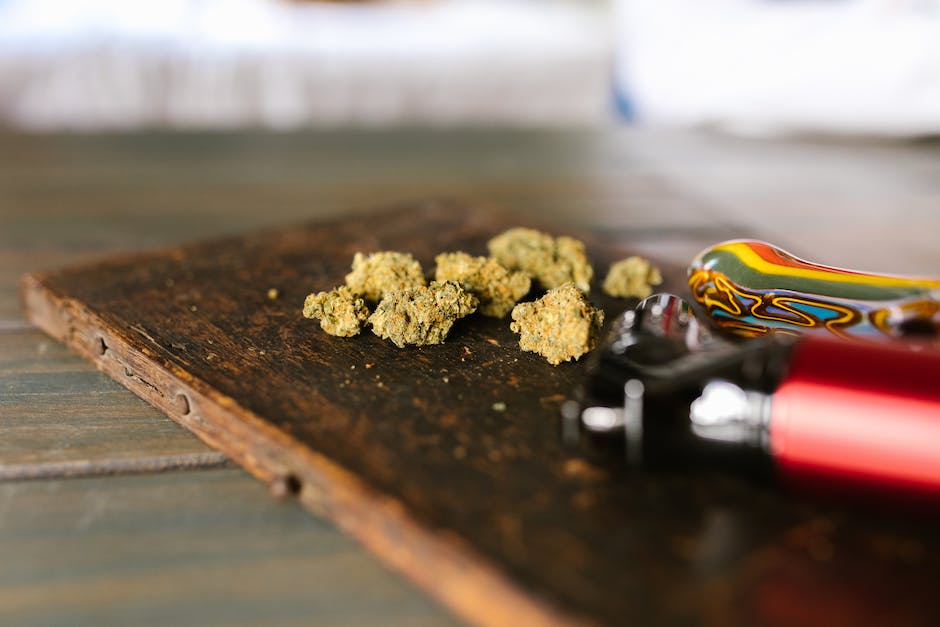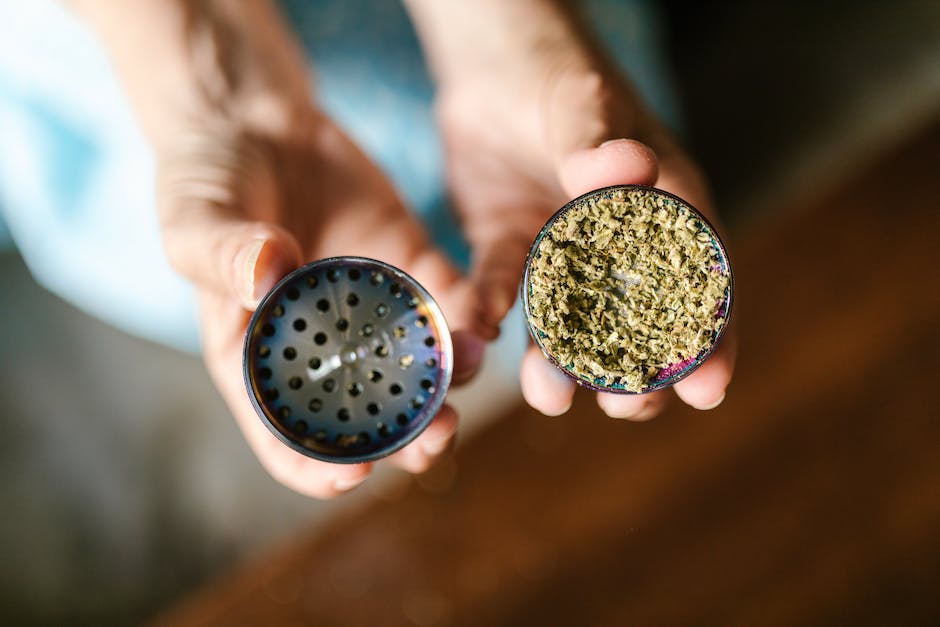As we mentioned before, not all marijuana strains are created equal. Some people love them so much they will go through great lengths to find new variations or develop new recipes with them.
The cannabis community is very passionate about their weed!
And while most of us enjoy experimenting with different blends and recipes, it is important to note that not every combination works well together. A novice smoker may try creating his/her own blend and end up with something weak and ineffective because these combinations work for someone else, but not you.
That’s why in this article we will discuss how new marijuana strains are developed. So stay tuned and read on!
Disclaimer: The information contained within this website is intended for educational purposes only. It should not be used in place of medical advice nor do I take responsibility for any changes in your health due to these recommendations.
I am a certified member of the National Association of Certified Hypnotherapists and the International Board of Certification in Clinical Hypnosis. However, I am not your doctor and I will not diagnose or treat anyone.
Hypnosis can be an effective tool in helping yourself or others cope with mental illness, stress, pain, and disease. If you are interested in exploring hypnosis as a therapeutic technique, please consult a licensed professional.
Take a plant and try to change its chemical make up
Creating new cannabis strains is more than just choosing between indica or sativa, and then mixing in some THC. There are two main ways to do this!
The first is by introducing new chemicals into the plant’s structure. These newly introduced chemicals are typically referred to as cannabinoids.
There are over 100 different known cannabinoids that we know of at the moment. Some examples include CBD, CBN, THCa, CBC, and so on.
By adding these other cannabinoids to an already-grown plant, it can be reclassified as a new strain. For instance, there have been many strains created with large amounts of tetrahydrocannbic acid (THCA).
This is because THCHA is a precursor to delta 9-tetrahydrocannabinol (D9-THC), one of the most well known active compounds in marijuana. By ingesting lots of THCA, you can begin to develop plants containing high levels of D9-THC.
These types of strains are called “precursor” strains since they don’t contain enough D9-THC for users to actually get high, but they are still very useful.
They may help reduce inflammation, relieve pain, or both, which makes them valuable supplements.
Take a plant and breed it

Creating new cannabis strains is more than just choosing whether to put extra plants in water or not, it’s about crossing plants together to get different results. When people talk about hybridizing marijuana, they are referring to this process.
Hybridization comes down to two main concepts: first, what part of the plant we choose to take our sample from and second, which parent plant we use as our source for genetic material.
The first concept refers to the part of the plant that gets mixed with another part of the same plant or a different species. For example, by taking pollen from a male flower and putting it onto a female flower, you can create offspring that have both flowers!
The second concept relates to finding an appropriate donor plant. Plants that grow in similar environments will have similar traits, so looking at the surrounding literature is important when selecting your parents. Some of the most common donors are lupines, ruderales, hemp, kush, and gourds.
When working with hybrids, there are certain rules that must be followed. Make sure to only mix within laws and regulations and do not include any kind of tobacco in the breeding process.
Take a plant and try to edit its genes

Creating new cannabis strains is more than just picking which cannabinoids you want to feature and then using different amounts of them to make an extract or salve. It’s finding a balance between the various terpenes, flavor compounds, and phenols that determine whether people will like the product!
By altering the genetics of the plants we are able to change the balance of these chemicals in the end product. This way you get variations of products with different levels of THC, CBD, and other cannabinoids along with different flavors and effects.
Editing the gene makes sure that every clone of the plant has the same features making it hard to find differences depending on where it comes from and what was done to it.
There are several ways to do genetic editing. The most well-known method is via cloning. This can be done through taking cuttings or creating indirect cloners such as root to shoot. Both of these methods require careful planning ahead of time so that the right number of roots, shoots, and cells are gathered.
General tips:- Make sure your source of light is stable and consistent.- Check for disease at least once a week under a microscope.- Use sterile equipment and disinfect after use.- Do not damage sample tissues when gathering samples.- When growing out clones they should have similar stages of growth and development as mentioned before.
This article will go over some specific ways to create new marijuana strains by doing chemical edits onto certain parts of the plant.
Grow it

Creating new marijuana strains is more than just growing weed and seeing what happens! It takes time, effort, and lots of experimentation to come up with your favorite buds. Luckily, cannabis has gone mainstream so there are many ways to grow your pot.
Most people know how to grow common plants like tomatoes or carrots, but few have experimented with cannabis before. That’s totally okay! Almost anyone can learn how to grow marijuana crops!
There are two main components in making any plant become one specific strain. The first component is determining if the seed you get has male or female flowers. These are called pistils and stamens, respectively.
Once these are determined, then the second part is deciding which nutrients and gases needed for growth are absent or present. This process is very similar to that of creating other plants, only instead of using water and soil, we use nutrient gel and air during the growth stage.
When those stages are completed, then the hard work begins-crossbreeding! There are several methods to do this, some better than others depending on the person doing the crossing.
The best way to determine the genetics of a parent plant is by looking at leaves, roots, and/or seeds. By comparing them all, you will be able to tell which characteristics they have.
Harvest it

After marijuana plants reach their final height, they will begin to grow thin leaves. These are called bracts or phylloclades. The thinner leaf shape and color is what allows breeders to identify which strains are part of the citrus family, such as Northern Lights.
The leaves from the plant cluster together at the end of the stem, creating more room for growth. When this happens, you have to separate these individual leaves to determine if they are light green, dark purple, or both.
These clumps of leaves can be very dense so most growers use a knife to carefully remove them. Once they are cut free, they are placed in an airtight container where they will dry out and retain their form- tautly pressed down around the rest of the bud.
This process is known as “dehiscence” and is one way that new weed strains get their name. A strain with short hairs is referred to as having a hairless phenotype.
After dehiscence, the next step is to evaluate the plant’s buds! If they are fluffy and loose, then it has been done correctly. It is important to remember that not every plant goes through this stage, some do not. This varies between individuals growing cannabis and how much THC each person wants to reap.
General tips: Make sure your source material does not contain any dried up or rotten seeds.
Test it

Creating new cannabis strains is an ever-evolving process that requires lots of experimenting with different parts of the plant. Before trying to breed your own plants, you’ll first need to test them!
There are several ways to do this. You can use dried flower as medicine or ingest it, you can make extracts using either alcohol or chemicals, or you can use whole plants.
All of these methods require expertise in marijuana science. There are many online communities where people share their knowledge and experiences, so do some research and see what works for you!
This article will talk about how to take cuttings from mature buds and grow new clones. These clippings can be used to start new plants or even create new strains.
Analyze it

As we already mentioned, marijuana strains are made up of two main components: cannabinoids and terpenes. There are also trace amounts of other chemicals such as pyrolic acids in some instances.
Since both of these parts play an important role in determining a strain’s effect and characteristics, people who work with cannabis to learn about its effects usually focus on one or both of these aspects when creating new hybrids.
By analyzing different quantities of each compound, you can determine how much of each individual component you need to create your own unique hybrid. This is what cultivators do to make sure their plants receive enough of whatever they want more of!
There are several ways to analyze this information, so feel free to pick whichever ones seem most logical to you. Some methods include looking at leaves, flowers, resin, and/or dried plant material.
A common way to assess levels of cannabinoids in a sample of weed is via high-performance liquid chromatography (HPLC). When using HPLC to analyze cannabinoid content, a small amount of sample is mixed into a solvent that carries the chemical compounds away from the sample.
After carrying out the experiment for a set time, the solution is analyzed to see if there are any remaining molecules present.
Try different growing conditions

When creating new marijuana strains, your grow space can play an important role in determining what kind of effects you get! The plant genetics that make up a strain are only limited by their availability and desire to be cloned.
By using various growth environments, you open your mind up to new possibilities. Different light patterns, nutrient sources, and soil types all influence how much delta-9 tetrahydrocannabinol (THC), the main psychoactive compound in cannabis, a given seed will produce.
Different plants require different amounts of nutrients and temperatures for optimal production.





